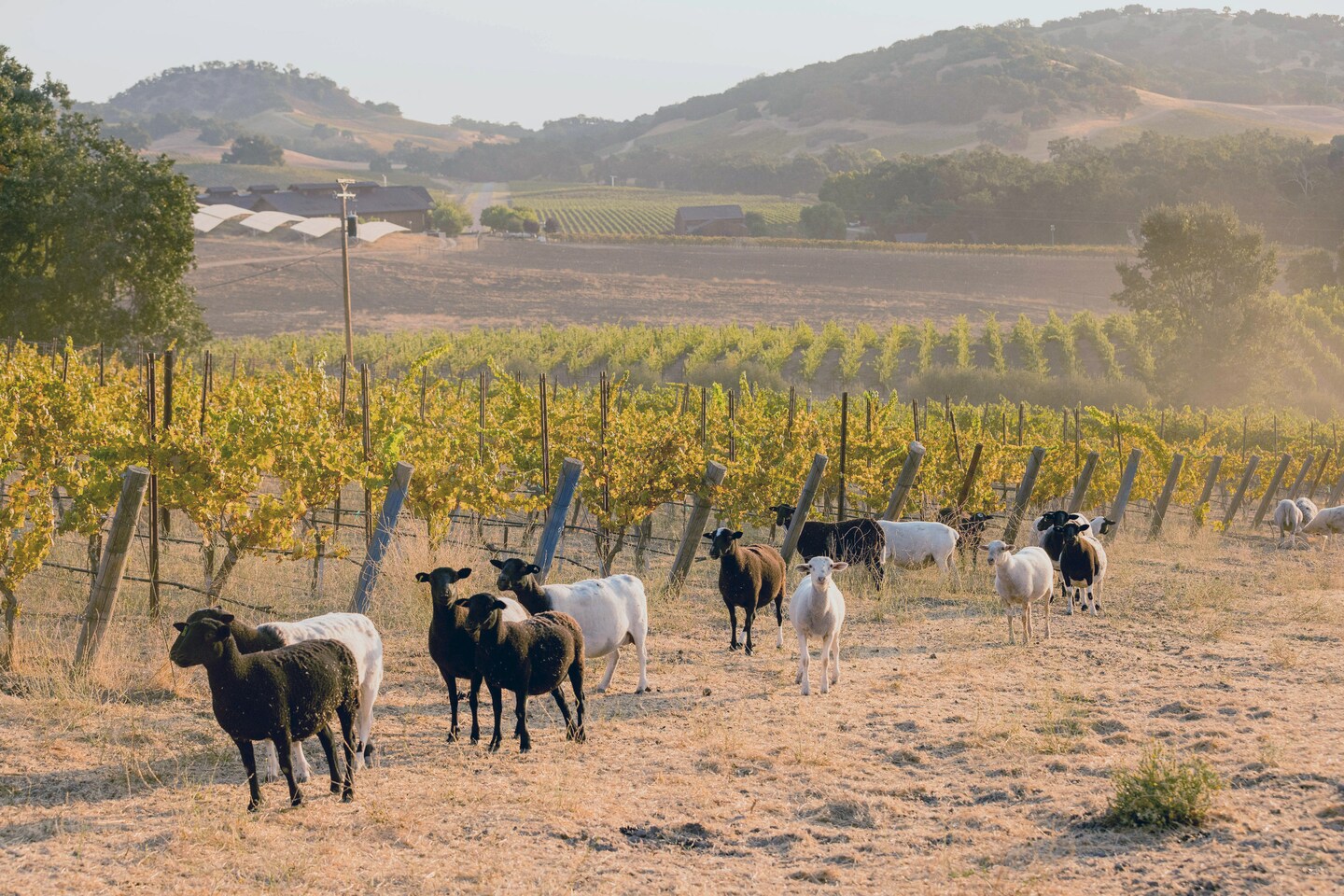Carbon farming, one of the oldest agricultural practices, is growing on winemakers

Bottles might start weighing less. About half of the wine industry’s carbon footprint stems from bottles, from manufacturing to transport (empty) and transport again (when full). Bottles range from about a pound at the light end to more than two pounds for those pretentious behemoths. Some winemakers like heavy bottles for aesthetic reasons, while others say heavier bottles are necessary for wines meant to age. That point strikes me as nonsense, because most Bordeaux chateaus don’t use ridiculously heavy bottles for their age-worthy wines. (Protection from light could be a benefit of thicker glass, as wine, unlike democracy, thrives in darkness. So keep the lights off in your cellar.) Progress on this front is likely to be slow. But in addition to lighter-weight bottles, you’ll see more wines in clear glass, which is easier to recycle than green or amber. Fewer bottles will be topped with foil, paper or plastic capsules, which are traditional but purely decorative. And even though glass will almost certainly remain the packaging of choice, we may see more boxes and cans, especially for wines not intended for cellaring.






